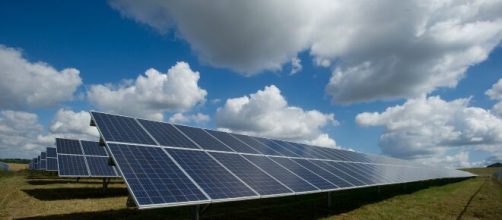Renewable energy sometimes has unexpected consequences for the environment. Among them are the carcasses of birds regularly littering the ground of solar farms.
In recent years, this mortality has been the subject of studies within the American working group Avian Solar. Today, scientists are now working on artificial intelligence to explain and mitigate bird mortality caused by large solar installations.
Thousands of bird deaths every year
Misti Sporer, a member of the Avian Solar task force founded in 2013 and scientific director at Duke Energy, a North Carolina electric utility, explains that "there had been very little research on the impacts of energy.
Solar on birds. What does it mean when you find a dead bird? No one really knew. But just getting the data on bird deaths in solar installations has already proven difficult. "In the US, only a few states require operators to report bird deaths.
A first study was published in 2016, estimating at 140,000 the number of birds dying each year in American solar farms. Although necessary, this figure must be put into perspective: according to Wired, it is much lower than the number of bird deaths caused by fossil fuel power plants (collisions, electrocutions, poisonings). Nonetheless, researchers expect deaths at solar power plants to triple in the coming years, as the number of solar farms steadily increases in the United States.
AI to the rescue of birds
Despite this first study and theories, the link between bird mortality and solar farms remains uncertain.
To facilitate the research work, the US Department of Energy earlier this year awarded a contract for $ 1.3 million to a team of researchers from the national laboratory in Argonne, Illinois. The objective is to develop an artificial intelligence dedicated to studying the behavior of birds in solar installations. It is also a question of improving a deficient census of bird deaths in the country and providing data in real-time.
Initially designed for drone detection, the software under design relies on machine learning. The scientists must first identify the birds themselves to transmit their knowledge to the algorithm.
He will draw from this lesson the characteristics necessary for the identification of each species. Therefore, he must be able to detect and identify them on his own, whatever their colors, sizes, or shapes.
While the team doesn't set a deadline for completing their design work, Misti Sporer says that "being able to see the birds interacting with the site without a human observer is incredibly beneficial. This technology allows us to gain insight into a world that we don't usually see to operate in the least impacting way possible on wildlife. "


